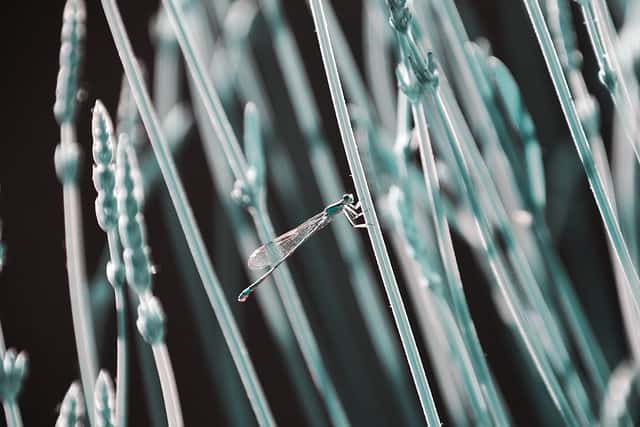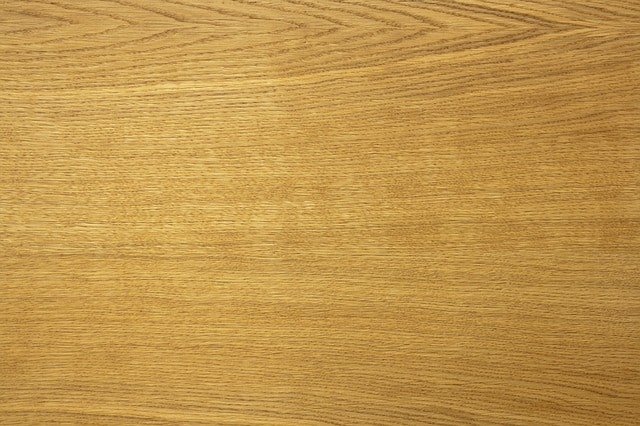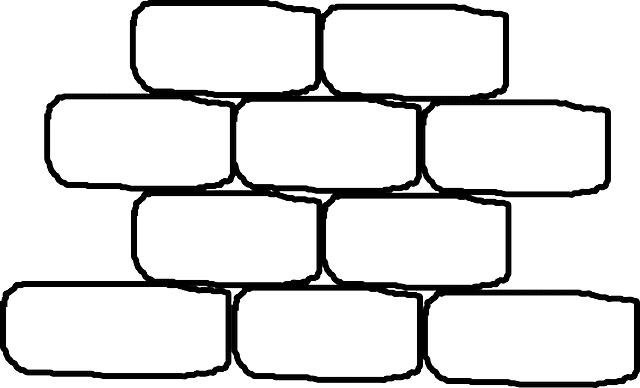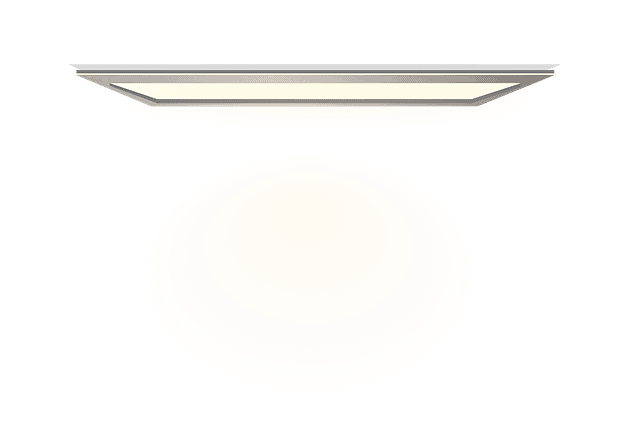How to Paint a Wall with a Brush
Owning a classic painted wall is crucial in improving the aesthetic finish outlook of interior painting or exterior wall. Painting a wall with a brush may be challenging, especially when the wrong paintbrush is used for a particular wall surface. 
Proper use of a brush is necessary in order to attain an excellent paint finish. Could you be planning to paint your wall using a paintbrush and wonder how to go about it?
Well, in this article, I will be discussing how to paint a wall with a brush. To begin with, you will need to select the right paintbrush for walls, prepare the wall surface, prepare the paint before loading the paintbrush sufficiently. Further, apply the paint gently, smoothen the finish, and clean the paintbrush before storing.
Besides, it’s important to wear protective gear and adhere to health precautions given to prevent any hazard that may occur. Remember, proper paint selection and preparation is paramount towards attaining the best wall paint finish.
Details: How to Paint a Wall with a Brush
a. Step 1: Paintbrush Selection
The selection of paintbrushes is a function of the type of surface underpainting and the design of the wall surface. A flat wall needs a wide brush to reduce runs, while a narrow wall surface is well painted with a medium or small width brush.
Consider angled edge brush for paint finish – it helps eliminate drains/runs without distorting the primary paint layer. The Wall surface with corners should be painted with a round brush or narrow angled brush that allows easier cutting and edge penetration.
Choose a paintbrush with short filaments (releases paint smoothly without drains). Brush with long filaments is best for concrete walls than on wooden walls.
Otherwise, long bristles are susceptible to bending (when pressing) and load excess paint that may initiate drains over the surface.
Consider a paintbrush with a flexible handle (for cutting round wall corners) or an adjustable handle for easier access to high walls and ceiling when painting.
b. Step 2: Wall Surface Preparation
During surface preparation, you need to follow the guidelines given below:
- Wear proper protective gear – gloves, boots, goggles, overall/dust coat, and respirator
- Sand the surfaces using sandpaper (for the wood reinforced wall) or polish the concrete wall gently using a hand sander to eliminate surface debris and old paint layer
- Using a blower, blow off the dust and dirt particle from the wall surface to improve the surface stickiness and reduce peeling occurrences
- In case of a concrete wall, seal the surface holes or damaged area with patching compound and sand smoothly before any painting work is carried out
- Wash the surface with water (where necessary) and rinse with a piece of cloth to dryness to remove fined dust particle
c. Step 3: Paint Selection and Preparation
When selecting paint for wall application, you must consider the type of wall to be painted and the prevailing climate of the area. Oil-based paint is best when used on exterior walls, while water-based paint is best for interior wall applications.
Most acrylic paints are resist fading, mold/mildew, and comes with UV-rays protection properties – such paints guarantee you incredible wall surface protection when used on exterior walls. Latex paint is simple to prepare, apply, and remove – it’s best for interior wall painting, especially on the fireplace, it’s less flammable.
Paint preparation should be carried out according to the manufacturer’s guidelines and precautions given on the labels should be adhered to. Besides, do not over dilute or under dilute paint to a degree that the paintbrush can’t handle.
Right paint concentration should load on the paintbrush without much dripping – over diluted paint forms too many drains, lowly diluted paint sticks the brush filaments thus making it difficult to apply the paint smoothly.
d. Step 4: Load the Paintbrush
Dip the paintbrush in the paint slow to load paint solvent. Turn/rotate the paintbrush while still dipped in the paint to allow the paint to seep sufficiently into the brush bristles.
Raise the paintbrush slowly and hold it over the paint container to allow the excess to drip back into the container. Alternatively, you can sieve excess paint with a paint eliminator to avoid surface dripping when painting your wall surface.
e. Step 5: Paint Application
Hold the paint-loaded brush gently over the wall and press gently as you run forward to apply the paint. Run the loaded paintbrush back and forth over the wall surface to coat sufficiently until the wall is fully painted.
Using a round-shaped paintbrush, cut round wall corners. A narrow angled paintbrush should be used to cut sharp edges and corners.
Moreover, use a wedged brush to clear runs/drains from the wall surface before the paint dries out.
See Also: HVLP Spray Gun for Lacquer
f. Step 6: Finish Smoothening
During the actual painting, some wall sections may be painted with an excess paint layer. You will need to smoothen or clear the excess paint using a wedged paintbrush.
Usually, you press the brush gently over the thick paint layer downward and collect the drip over a paint tray.
Then, smoothen the surface with a wet paintbrush to fill any uneven paint layer that may be formed in the process. Do not scrape off the paint layer with a putty knife or paint scrapper – this act may damage the primary surface coating or lead to wall damage.
Upon smoothening the painted coated wall, leave it to dry naturally. Oil-based paint should be sprinkled with water to keep off dust particles from the surface. Alternatively, you can cover the wall (without touching it directly) with a polyethylene bag.
g. Step 7: Paintbrush Cleaning
Once you are done with wall painting, close the remained paint and store it appropriately – away from pets and kids.
Clean the paintbrush with thinner/turpentine (if used on oil-based paint) or water if used on a water-based paint.
After cleaning, rinse the paint to dryness before storing it in a dry place.
What are the Major Problems of Brush Painted Wall?
Though paintbrush is a suitable tool for painting wall surfaces, the paint layer may be subjected to some of the following problems if the correct procedure and precautions are not adhered to.
1. Peeling
Peeling occurs due to low stickiness action and insufficient surface preparation. During actual painting, you may not apply the right surface force; thus, the paint solvent fails to penetrate deeper into the wall’s primary material.
Unlike a spray painter, a paintbrush requires several paint layers in order to acquire the right paint thickness when painting. Covering the wall surface with several paint layers initiates the painting’s peeling action.
A paintbrush may not terminate paint edges finely during the paint finish process – such loose edges cause peeling to occur with time.
2. Drain and Runs
Runs and drains are liquid paint streams that form and solidify on the painted wall upon paint application. The Drains are mainly caused by overloading a paintbrush with paint. During the painting process, excess paint runs down the wall surface creating some drains.
Also, drains can be formed due to the use of over diluted paint. The paint fails to stick sufficiently on the paintbrush and hence drain during actual application. Runs and drains can be eliminated by using proper paint concentration and right brush paint loading.
Importantly, vertical walls should be painted in up and down motion to minimize drains.
3. Streaks
Streaks are uneven paint lines that are formed by the painting tool on the wall surface upon painting – streaks lower the attractiveness or overall finish outlook. A closely packed paintbrush delivers a finer or smooth coat finish.
However, some paintbrushes come with sparsely packed bristles, which leave streaks behind when smoothening the coat finish.
In addition, brushes with long filaments are susceptible to forming surface streak if not well handled during final coat finish applications.
Plain edge brush creates streaks when over pressed while smoothening coat finish – instead, angled paintbrush should be preferred.
See Also: Paint Roller to Hide Imperfections
Precautions and Safety Measure to Consider When Painting Wall with a Paintbrush
When carrying out wall painting with a paintbrush, adhere to the safety and precautions given below to avert any health hazard or injuries that may occur:
- Always wear protective gear (goggles, boots, gloves, facemask, respirator, and dust coat) when carrying out paint application with a paintbrush.
- Prepare your wall surface sufficiently and prep where necessary before carrying out actual paint application.
- A paintbrush should be cleaned (with thinner or water) before being stored in a dry place.
- A flat wall surface should be painted with a wider paintbrush, while a narrow wall section should be painted using a thin/small width paintbrush.
- Select a paintbrush according to the nature of the wall surface you are painting – a concrete wall requires a paintbrush with tough filaments/bristles whereas a polished wooden wall needs soft filaments to brush type.
- Never overload a paintbrush when painting – it created drains/runs on the wall surface.
- Avoid touching the paintbrush with your hand directly when cleaning – paint may contain chemical compound, which irritate the skin upon contact. Use gloves.
- Paint that remains during wall painting should be kept away from kids and pets.
Avoid smelling paintbrush thinner directly – it contains a chemical that may irritate your nasal cavity if inhaled.
See Also: Airless Paint Sprayer Under 500
Conclusion
Having read this article on how to paint a wall with a brush, you must have gained ample skills that will enable you to carry out wall painting or DIY projects without any problem.
The procedure entails brush selection, surface preparation, paint preparation, and surface prepping where necessary. Moreover, carry out actual painting stepwise, smoothen the finish coat, and clean the brush before storing it appropriately.
Importantly, wear appropriate protective gear when carrying out wall painting and adhere to precautions highlighted in this article accordingly.





